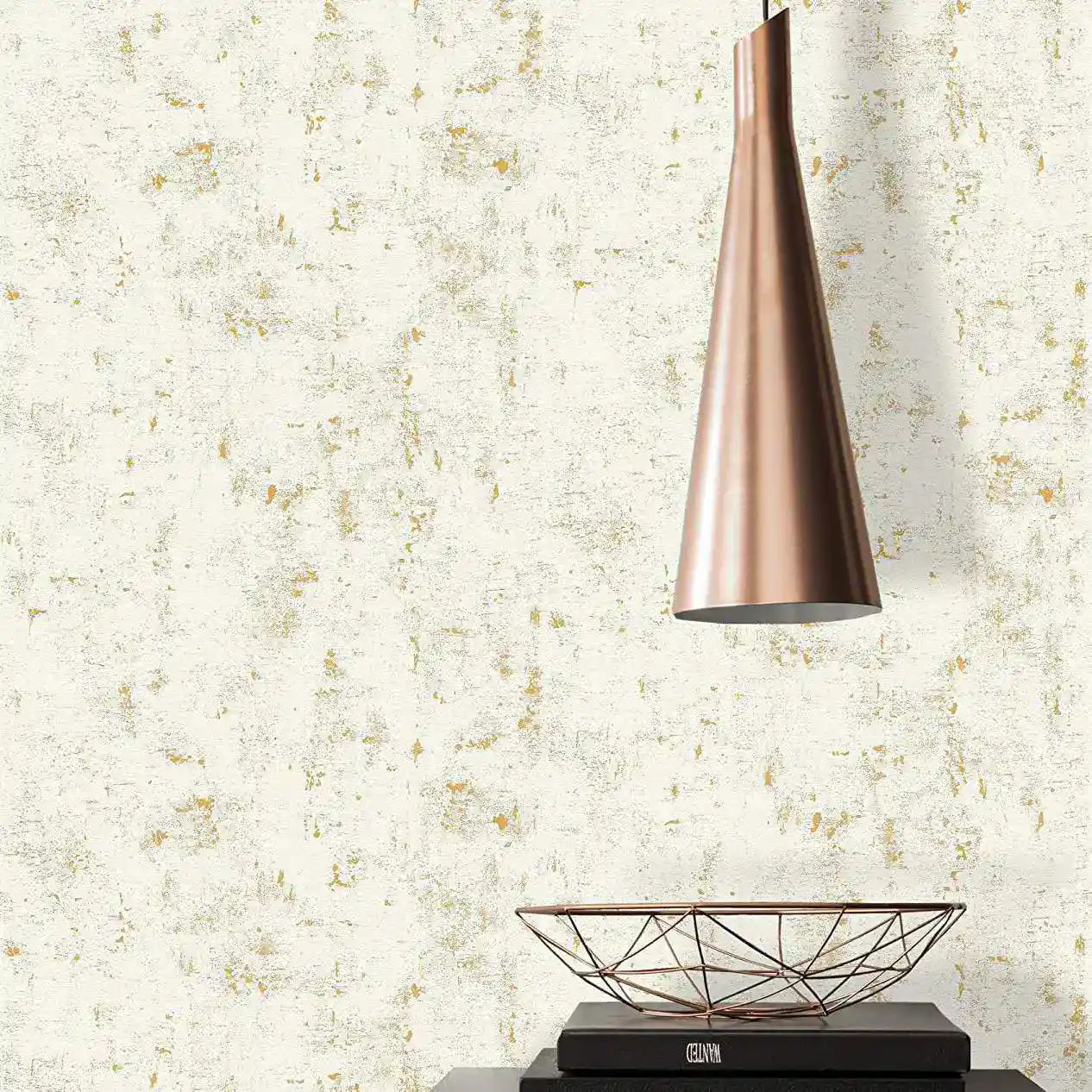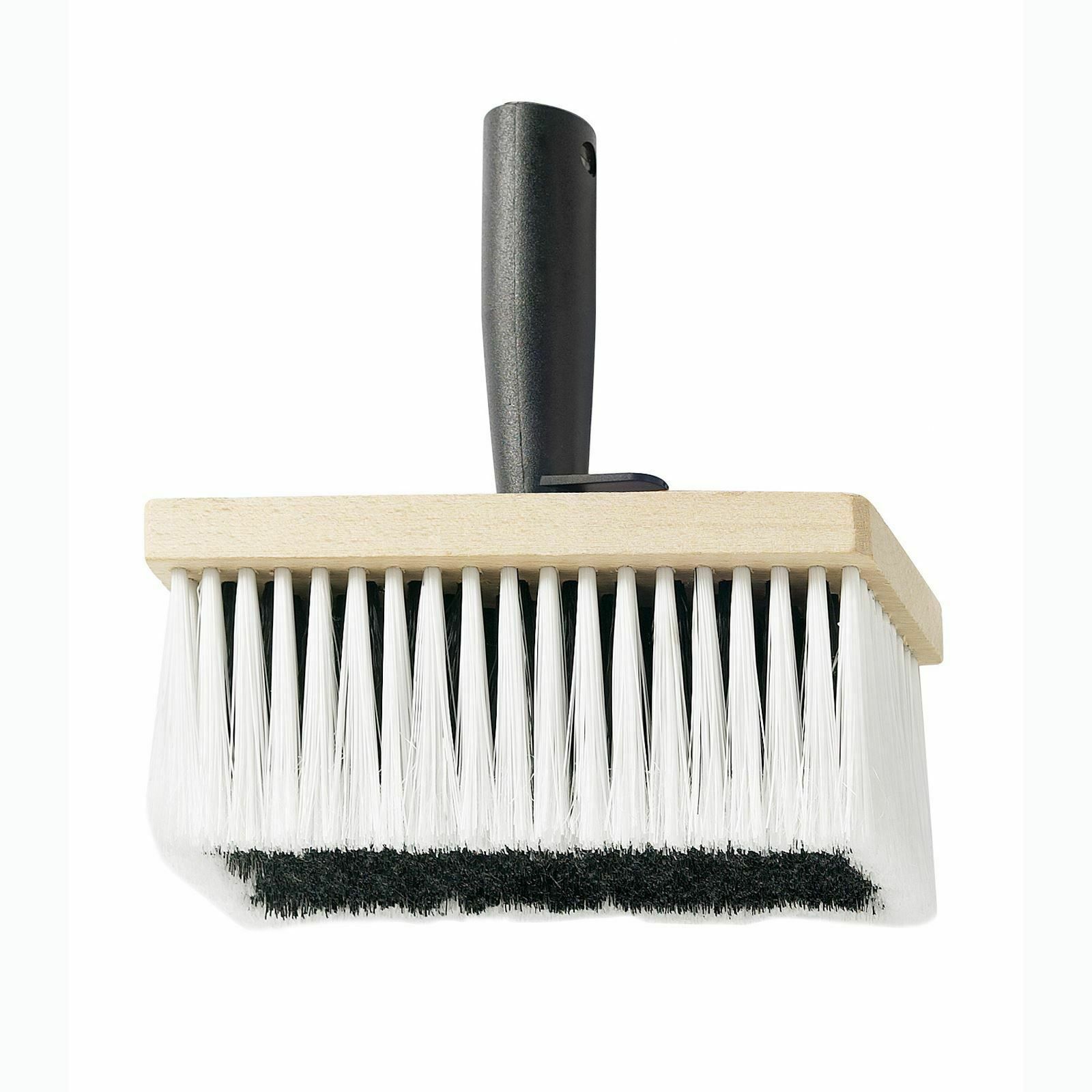Here’s our guide to achieving a seamless paint job without getting a trace on your cherished wallpaper.

A fresh coat of paint is a great way to inject new life into your home. However, if you’ve got wallpaper already hanging in the area you’re trying to decorate, the project can quickly turn into a headache of trying to protect your precious prints from getting splattered with paint in the process.
Whether you’re painting lining paper joints or trying to add some colour to an adjoining wall, help is at hand – here’s our guide to achieving a seamless paint job without getting a trace on your cherished wallpaper.
Use Masking Tape When Painting
Most importantly, masking tape – a great hack for avoiding mess, saving time, and getting those sharp edges that make a paint job feel slick and professional. Here’s how the humble roll of masking tape can help you avoid getting paint on your wallpaper.
How to Use Masking Tape for Painting
To use masking tape effectively for painting, the first step is to select the appropriate type – consider the area you’re working with, and what size you’ll need the roll of tape to be. Think about the surface you’re working on, and the kind of paint you’ll be using. Painter’s tape is specifically designed to adhere well and be easily removable without leaving residue, so this is always a good option if you’re unsure of what to buy – you can find rolls of this at any good DIY store.
Before applying your tape, make sure the surface you’re working on is clean and dry. Run the tape along the edges, or any area you want to protect. Make sure you press down firmly in order to avoid paint bleeding under the tape. For intricate designs or areas with curves, it’s a good idea to opt for a flexible tape that conforms easily.
When it’s time to paint, it’s best to use a smaller brush or roller for getting right up to the edges of the tape. Make sure you allow the paint to dry partially before carefully removing the tape at a 45-degree angle. This will prevent the paint from peeling off with the paint, resulting in crisp, clean lines. If you’re working with multiple colours, remove the tape between each colour application and let the layer dry completely before moving onto the next colour, at which point you can apply another strip of tape.
Will Masking Tape Damage Paint?
A good quality masking tape will generally not damage paint when used properly, but it’s important to consider these factors when using it to assist your paint job:
- Surface preparation. Ensure the surface is free of dust, dirt, and moisture, as these can affect the tape’s adhesion.
- Application technique. Apply the tape carefully, pressing firmly along the edges to prevent paint from seeping underneath.
- Removal. Make sure to remove the masking tape at the right time – wait until the paint is completely dry, but not fully cured.
- Type of paint. Different paints will react differently to masking tape – water-based paints are best here. Solvent-based paints will require a bit more TLC.
Can You Put Masking Tape on Wallpaper?
The short answer is yes, you can – but it requires caution. Putting masking tape on wallpaper can potentially damage the wallpaper when removed, as the adhesives on masking tape are more designed for surfaces like painted walls, where they can adhere securely without causing harm upon removal. Wallpaper, especially when it comes to delicate or textured prints, is not built to withstand the adhesive properties of masking tape, so it’s best to use your judgement here before you go in with your tape.
If you need to protect your wallpaper while painting or working on adjacent walls, there are several other methods you can use to prevent damage. Painter’s tape, a wall paper tape made with a less aggressive adhesive, might serve you better in these instances. Before you start, it’s a good idea to test a small, inconspicuous area first in order to ensure the tape doesn’t peel off the wallpaper or leave any residue.
You can also use drop cloths or plastic sheeting to cover the wallpaper, which will provide a protective barrier during painting. This will allow you to avoid direct contact with the wallpaper while still safeguarding it from any accidental spills or splatters while you paint.
Other Tips and Tricks
Apply a Liquid Masking Agent
Also called painter’s liquid tape, liquid masking agents can be brushed or sprayed onto wallpaper’s edges in order to protect it from splatters of paint. Once dry, they create a protective barrier that peels off easily after painting.
Cover With Plastic or Drop Cloths
Use a plastic sheet or drop cloths to cover the entire wallpapered area. Make sure to secure the covering in place to ensure complete protection against paint drips or splatter.
Remove Outlet and Switch Covers
Before painting, take the time to remove outlet covers and switch plates. This will allow you to paint close to the wallpaper edges without the risk of accidentally getting paint on these fixtures.
Be Mindful With Brushes and Rollers
Use precision brushes and rollers in order to control the application of paint near the wallpaper. Take your time, and be cautious when you get close to the edges.
Work With a Stiff Blade or Putty Knife
If you need to paint extremely close to the wallpaper, you can use a stiff blade or putty knife to gently press the wallpaper away from the painted surface. This will create a small gap, making it easier to paint without touching the wallpaper. Afterwards, you can close this gap back up, over the top of your painted edge.
Work in Sections
Dividing the room into sections and focusing on one area at a time can help you to maintain control over the painting process and minimise the risk of accidentally touching the wallpaper with wet paint.
Use a Paint Shield or Edge Guard
Specialty paint shields or edge guards are great for placing along the edge of your wallpaper, which will act as a physical barrier to any splattered paint.
In the pursuit of transforming your living space with a fresh coat of paint, executing the process with finesse simply requires the right tools and some patience. Whether you go for painter’s tape, liquid masking agents, or strategic application techniques, achieving a flawless paint job is entirely possible.


